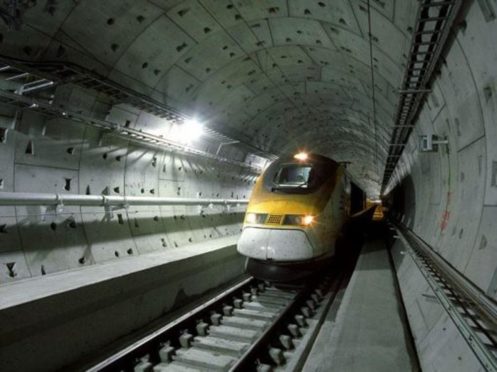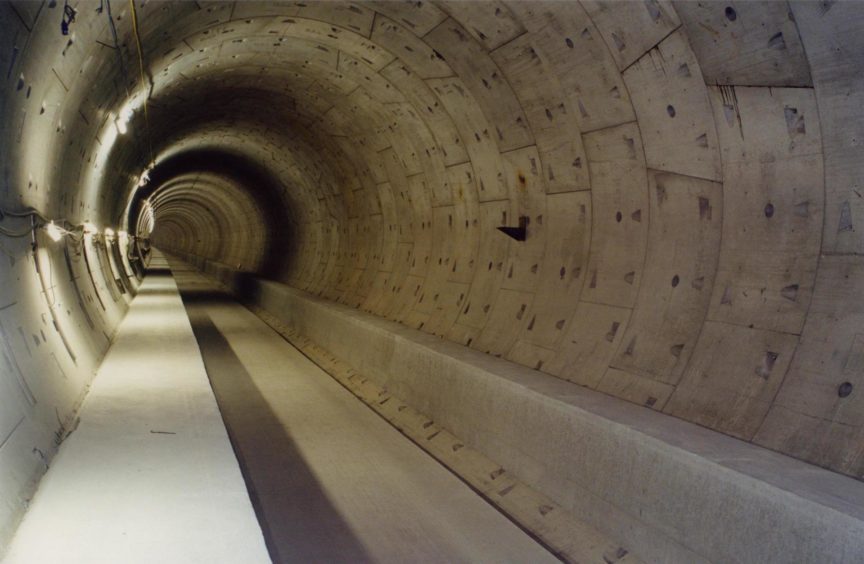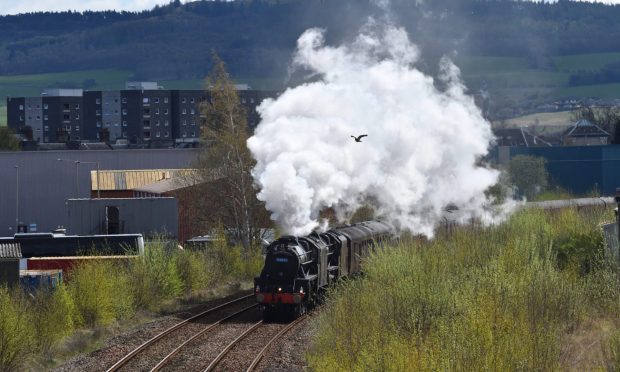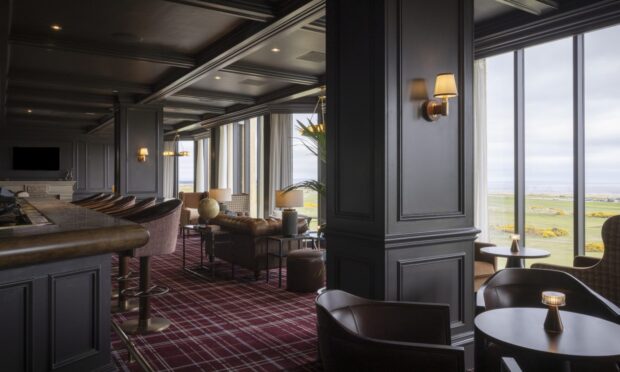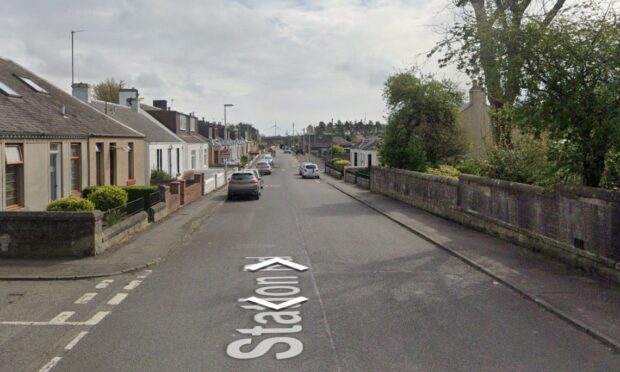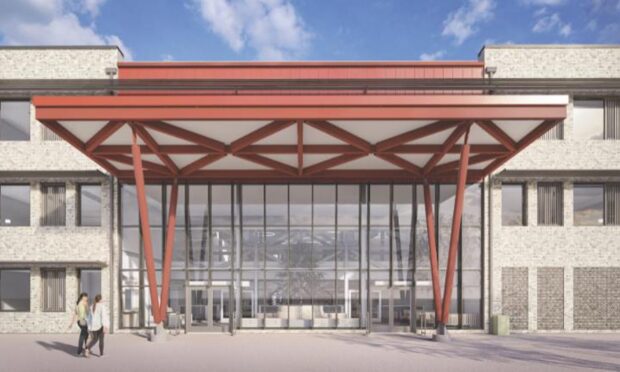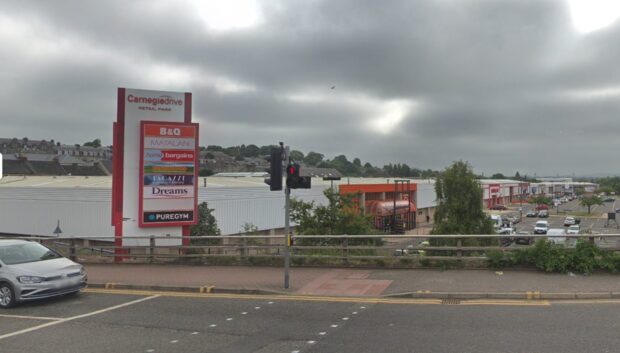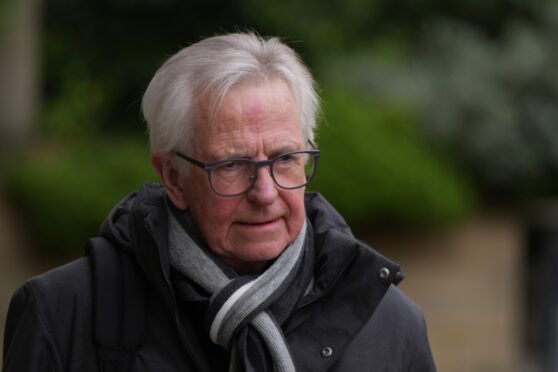Construction experts have claimed a new Firth of Forth tunnel crossing is not just a pipe dream but entirely feasible and could be done in just five to seven years.
Eyebrows were raised earlier this month when the Scottish Green Party unveiled costed plans for a nine-mile long twin bore rail tunnel under the estuary, which would stretch from a point between Kirkcaldy and Seafield in Fife through to Leith on the Edinburgh side.
The Greens’ ‘Rail for All’ plan described the project, which would come with an estimated £4-6 billion price tag, as a “game-changer” that would vastly reduce travel times, improve punctuality and release capacity over the Forth Bridge that could be used for extra services to Dunfermline, west Fife and Alloa.
Sceptics have already dismissed the plans as unworkable, and sources close to the Scottish Government suggest it is unlikely to feature as an investment priority when it publishes its Strategic Transport Projects Review, which will set out major projects planned for the next 20 years.
However, the chairman of one of the country’s leading tunnelling specialists has told The Courier people should not be too quick to dismiss the initiative.
Martin Knights, chair of London Bridge Associates, which has been involved in several high-profile projects including the Channel Tunnel Rail Link, upgrades to the London Underground and The second Dublin Area Rapid Transit Underground scheme, believes further work should be done to quantify the project’s feasibility in terms of cost, programme, delivery and risk.
“While not without hydrographical and geological risks from carboniferous and volcanic formations, dykes, faults and varying profile of sea bed and rockhead, recent subaqueous tunnelling projects in the UK and Nordic countries have demonstrated that tunnelling of this nature is entirely feasible,” he said.
“This is demonstrated by the spectacular advances in tunnel boring machine and blasting technology for hard rock and variable ground conditions.
“These advances in tunnelling technology make it possible to consider undersea transit crossings such as the UK government’s current Union Connectivity initiative, chaired by Sir Peter Hendy, between Northern Ireland and Scotland.”
Mr Knights also pointed to work in Norway and Japan for how advances in tunnelling capability are already delivering deep sea tunnel schemes.
His comments were also echoed by Dr Sauer and Partners, an independent consultancy which provides construction management services for tunnels, shafts and caverns.
The company’s managing director Brian Lyons said challenges in the Forth could be managed by “modern bored tunnelling techniques” – as demonstrated on major crossings of the River Thames in recent years.
And he maintained: “The UK tunnelling industry has the skills and capacity to deliver this project within a timeline of five to seven years.”
Deltix Transport Consulting, which was commissioned by the Greens to produce the report, also suggested there has been a long history of boring under the Forth for coal mining, noting that railway tunnels “much longer than this” have become relatively common in mainland Europe.
David Prescott, who co-wrote the report with David Spaven, added: “At a stroke, the Forth tunnel can transform the geography of Scotland, just as the Forth Bridge did 130 years ago and the Forth Road Bridge nearly 60 years ago.
“It would substantially cut the distance between Edinburgh and east Fife, Dundee, Aberdeen, Perth and Inverness, whilst also putting Leith at the heart of the Scottish rail network.
“The Forth tunnel would give this generation of Scottish engineers the opportunity to continue the strong traditions of their illustrious predecessors – creating transformational infrastructure for the nation.”
A spokesperson for the Scottish Government has not ruled out the project but appeared to pour scorn on any hope of it happening soon.
“Aspirational projects, such as the Firth of Forth tunnel, would be subject to the same scrutiny from the earliest stages to ensure they merited any serious consideration,” the spokesperson said.
